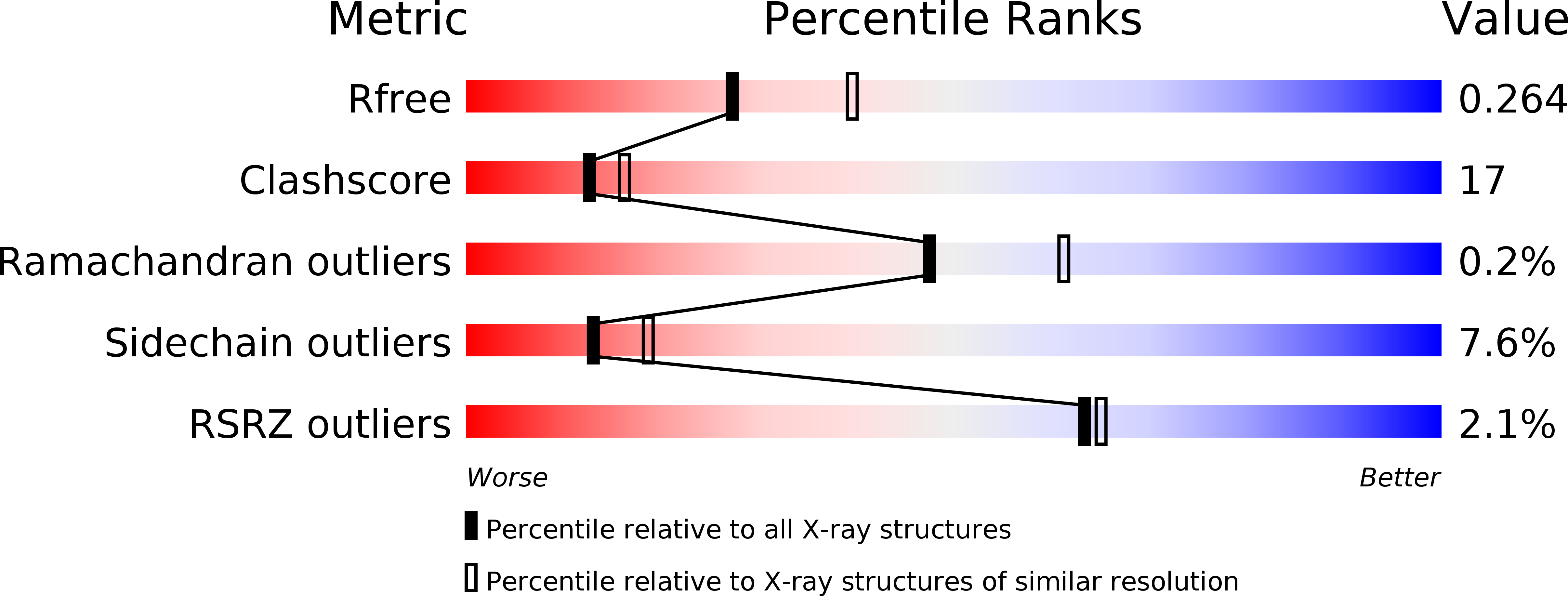
Deposition Date
2009-03-10
Release Date
2009-09-29
Last Version Date
2023-12-13
Entry Detail
PDB ID:
2WC7
Keywords:
Title:
Crystal structure of Nostoc Punctiforme Debranching Enzyme(NPDE)(Acarbose soaked)
Biological Source:
Source Organism:
NOSTOC PUNCTIFORME (Taxon ID: 272131)
Host Organism:
Method Details:
Experimental Method:
Resolution:
2.37 Å
R-Value Free:
0.26
R-Value Work:
0.21
R-Value Observed:
0.21
Space Group:
P 61 2 2


